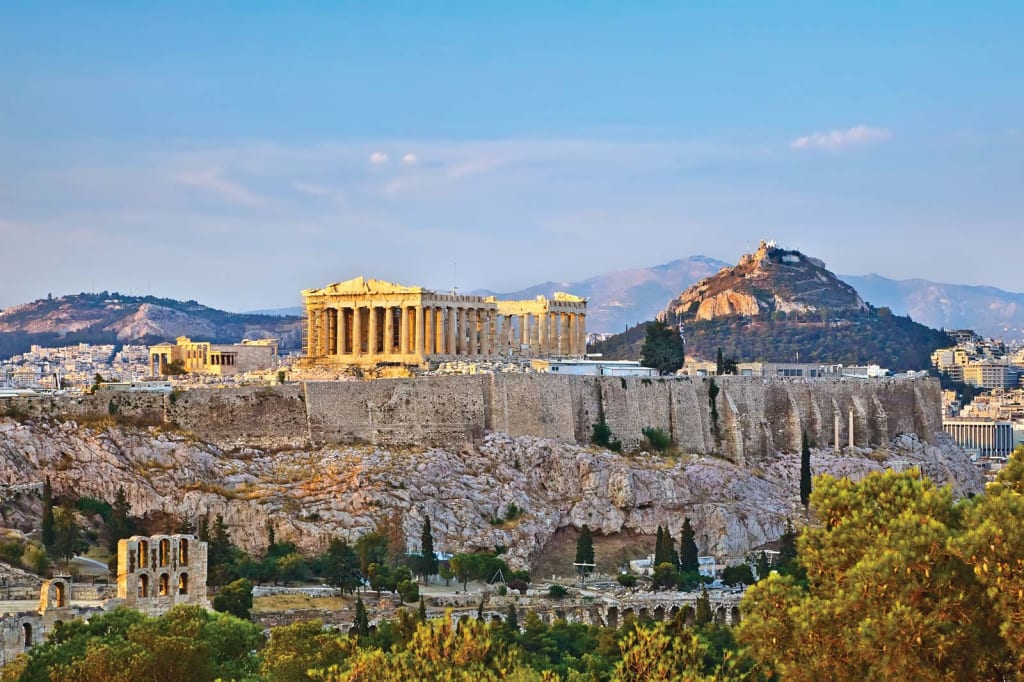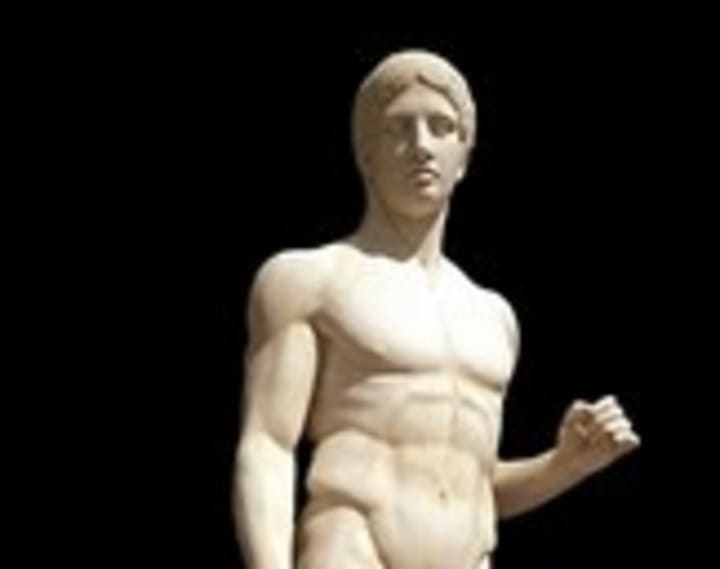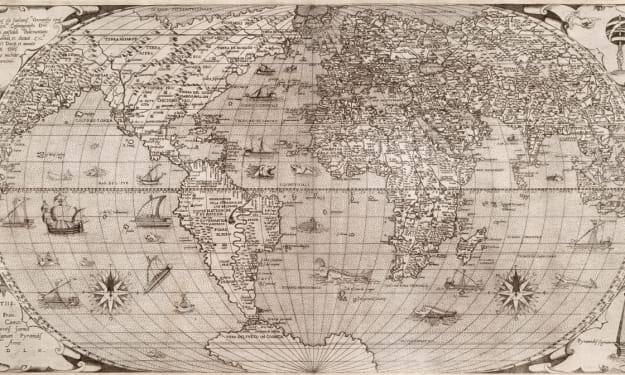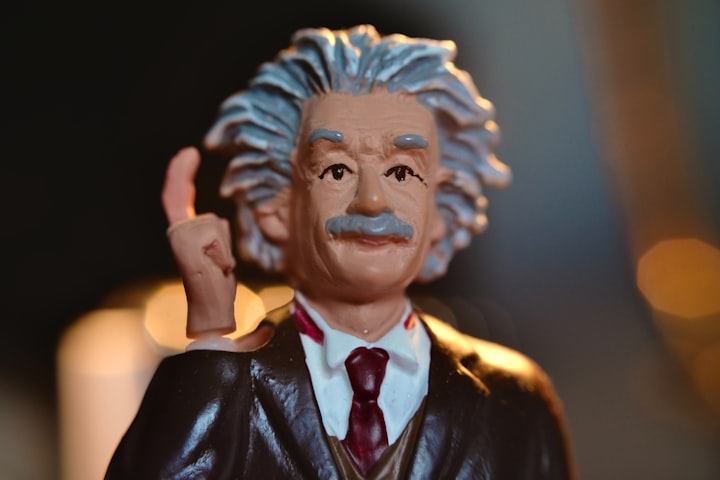The Doryphoros
Authenticity of Roman Copies of Greek Classical Sculptures

The Doryphoros (Spear Bearer) (Fig.1) is a sculpture designed by the Greek Polykleitos’s, an artist originally from Argos or Sicyon, who worked in bronze in the classical style around 450-440 BCE. Although it bears elements of Greek aesthetics it is a Roman copy of a bronze sculpture that has been melted down and lost. This complicates the nature of the statue and where it relates to art and art history, whether it can be considered a Greek statue if it is a Roman copy and interpretation. To fully understand and analyze the sculpture, viewers must consider the differences between the original piece and the copy, the accuracy of the copies and the Roman influence on them, and comparisons between the Doryphoros and other sculptures that are copies.

To understand the differences between the copy and original viewers need analyze the sculpture. “Classical Greek statuary is only known by means of these often-late replicas of originals that have disappeared forever.” Not all Greek statues are copies, and there are similarities between the style of original statues and the copies. The Doryphoros was first made during the Classical period of Grecian art. The figure is nude with an idealized male form and the figure is younger showing defined muscles on the chest. “From public spaces to wealthy villas and modest houses, the image of this youthful Greek male immediately signaled a sphere of cultivation…the "Doryphoros" in particular was a requisite feature of a Greek gymnasium.” The Doryphoros being utilized in a sphere of sporting events celebrating youth and strength signifies the importance of the idealized male body. The statue is standing in a contrapposto pose, with the hips angled so one foot seems to be bearing all the weight. This allows the figure to maintain a realistic pose to show off the curve and athletic body. Besides the form of the statue it is important to consider the materiality of the piece.
The Doryphoros is made of marble. This is problematic because the materials used to make the original piece was bronze. The movement of the pose required by the sculpture made the original choice of bronze ideal because it was lighter. “We cannot know how accurate a copy may be when we do not have the original with which to compare it and where all the important technical details are lost, especially when the medium has been changed.” In order to complete the sculpture and keep the original form the Romans made changes and additions, in this case the difference between bronze and marble. These changes could change the way an audience receives the piece. “Translation of Greek bronze statues into Roman marble copies presented ancient sculptors with the different static capacities and qualities of mass and density of the two traditional materials.” In order to accommodate this the Roman’s added an extra piece to the statue.
The extra piece that was added that was not present in the original is a tree branch the soldier rests on that extends from the base of the piece to his legs. The addition of the tree branch that the soldier leans on is related to the additional weight of the marble. Without the branch the statue would be unable to stand on its own, as it would have when the sculpture was forged from bronze. Brian Sparks, author of “II Freestanding Sculpture,” considers this view extreme and argues that surviving sculptures of that time often represent similar aesthetic choices, and that the Romans were not making them up. The sculpture is no longer freestanding and requires an extra piece to stand properly. While not a direct change to the statue itself it does mark a significant difference in the accuracy between the copy and the original piece.
When the Doryphoros is compared to other Greek statues similarities can be seen. Unfortunately, no sculptures by the same artist survive. “If any existing Roman marble in Polykleitan style is a perfect copy of one of his works, we do not recognize that either. There is no known original left with which to compare existing replicas.” The Doryphoros, can only be compared to sculptures made in the same area, but not the same artist. In this case a comparison can be made with the bronze statue Artemision Bronze, (Fig. 2) to determine similarities in the statues.

The use of bronze in the statue of Artemision Bronze, indicts the level of motion within a statue that can stand without impediments. This figure of a God (Zeus or Poseidon) extends his arms outward holding an object that no longer exists. If this sculpture had been remade, or copied, into marble it would have been impossible for the arms to bear the weight without the aid of support pieces. The Artemision Bronze was recovered from the ocean and an authentic sculpture from Greece, made around 5th c. BCE. This piece is comparable to the Doryphoros, in the stress on the physical form that has defined muscles. While this figure is in an action pose the weight of the feet with the back one slightly raised in a manner like the Doryphoros. The face of the bronze figure is strong and has the same symmetrical structure, although the facial hair detracts from the youthful nature.
To consider the level of replication of Doryphoros, to the original piece other Roman copies can be examined. Consider Aphrodite of Knidos, (Fig. 3) a single sculpture that is formed from two separate Roman copies. The Aphrodite of Knidos is nude, like the Doryphoros, and is also in a contrapposto pose. The pot the figure is using to bath herself allows for an even distribution of the weight of the marble. The fact that the statue is made from different Roman copies rather than one single piece questions whether we can consider the sculpture Greek. Careful study can show the styles within the statue itself contradicting each other, indicating different people working on several parts. There was also a continual restoration upon the statue well into the 18th c. CE. This amount of changes upon the statue that is already a combination of separate copies would further distance it from its Greek roots. Unlike the Aphrodite of Knidos, the Doryphoros is a statue that constructed as one piece and is considered a more faithful replica to the original bronze piece first made by Polykleitan.
With so many original Greek sculptures lost it becomes essential to study the purpose of the replication and what you would call a copy instead of an original. “If the term copy is understood to mean the mechanical and exact duplication of a piece of sculpture…then few items, whether Greek or Roman, qualify for the title.” So while we cannot take these statues to be exact copies of the piece, we can take them as copies of the original idea. The amount that it was copied and used can affect the nature of it as a copy of a Greek sculpture. “Over 20 copies of the Spear-bearer [Doryphoros] as idealized statue exist, but the numbers must approximate one hundred, when portrait statues are included.” It seems to have been replicated numerous times not only for Roman interest but also to use as a model for future replications. The fact that this sculpture has been copied so many times allows for various changes to occur and takes it further away from the original piece.

While the style and composition are a similar trend to surviving Greek sculptures, the Doryphoros is a Roman copy of a lost statue. In order to understand the work, the differences between the original and copy must be considered, as well as the level of influence from the culture replicating the sculpture, surviving Greek statuary, and other Roman copies. Without the original piece we cannot fully assume that it is a perfect replication of the lost art, especially with changes in materiality, although we can use them to study Greek art as long as we understand these were rarely exact copies of the originals.
References
Bergmann, Bettina. “Greek Masterpieces and Roman Recreative Fictions.” Harvard Studies in
Classical Philology 97, (1995): 79-120.
Brilliant, Richard. “Roman Copies: Degrees of Authenticity.” Notes in History of Art 24, no.2
(2005): 19-27.
Hughes, Anthony, and Ranfft, Erich, eds. Sculpture and Its Reproductions. London: Reaktion
Books, Limited, 1997.
Ridgeway, Brunilde Sismondo. Roman Copies of Greek Sculpture: The Problem of the Originals
Vol. 15th ser. Ann Arbor: University of Michigan Press, 1997.
Sparkes, Brian A. “II Freestanding Sculpture.” New Surveys in the Classics 40 (2010): 24-50.
Stewart, Andrew F. “A Tale of Seven Nudes: The Capitoline and Medici Aphrodites, Four
Nymphs at Elean Herakleia, and an Aphrodite at Megalopolis.” Antichthon 44, no. 2010
(2010): 12-32.
Stokstad, Marilyn, and Michael Watt. Cothren. Art History. 5th ed. Boston: Pearson, 2014.
About the Creator
Scarlett Callohan
Hi, I'm Scarlett!
When I'm not busy writing I'm drinking a large amount of coffee while reading or working on new recipes.
Thank you for all your support!
If you'd like kindle copies of some of my fiction pieces visit Amazon and search for me!






Comments
There are no comments for this story
Be the first to respond and start the conversation.